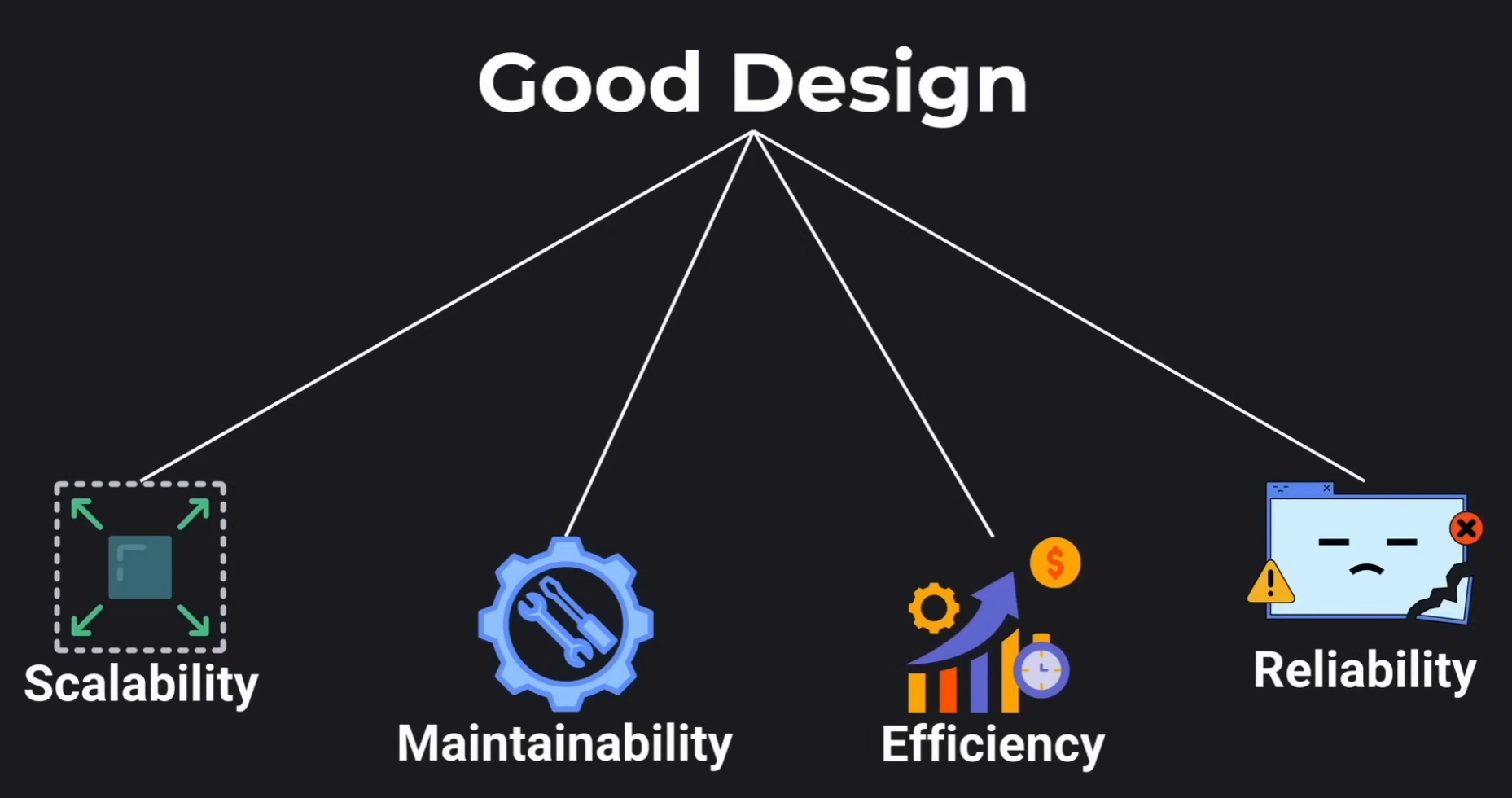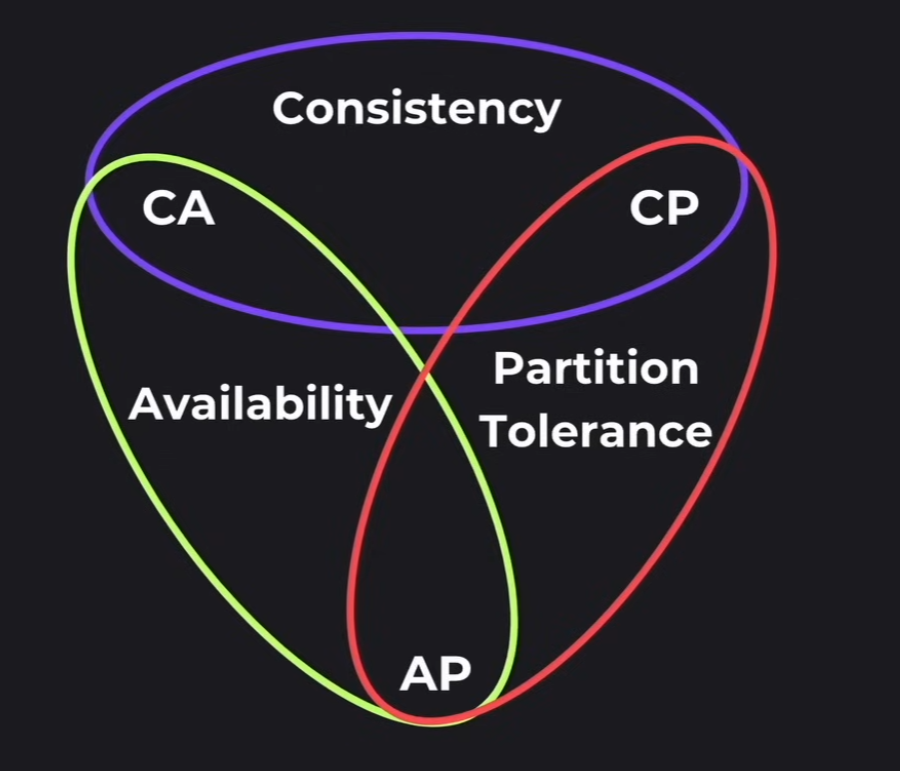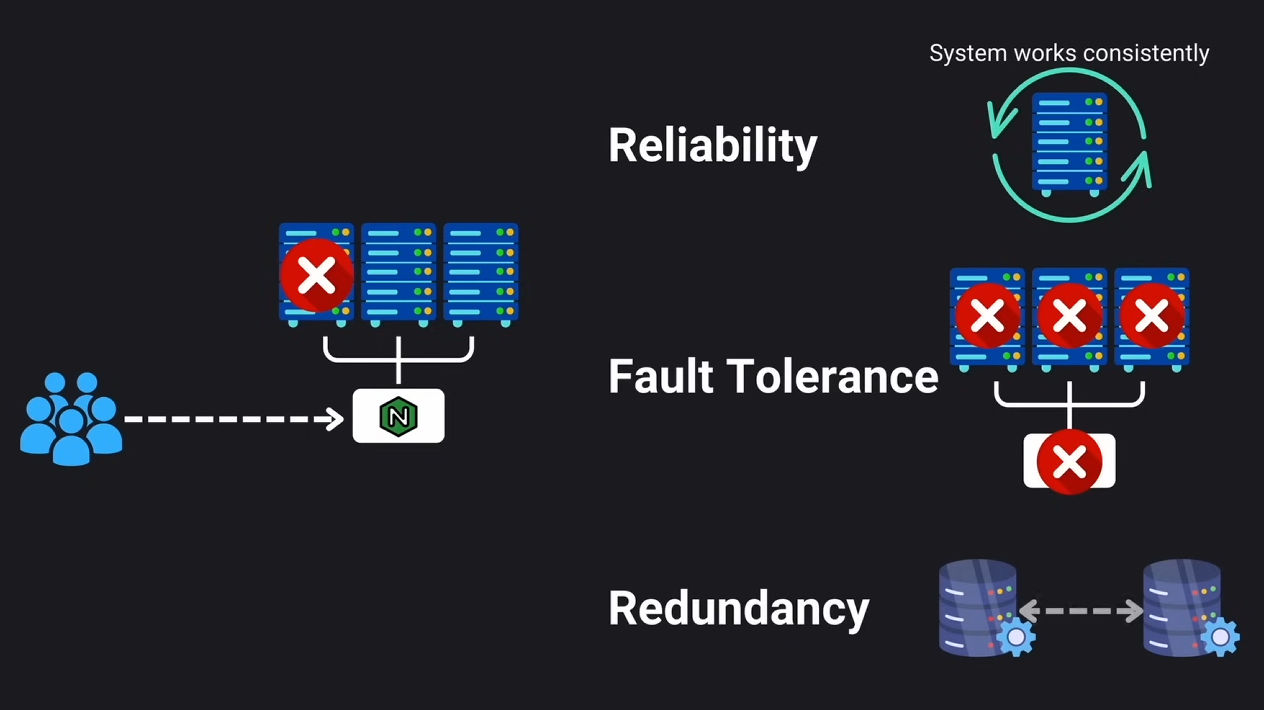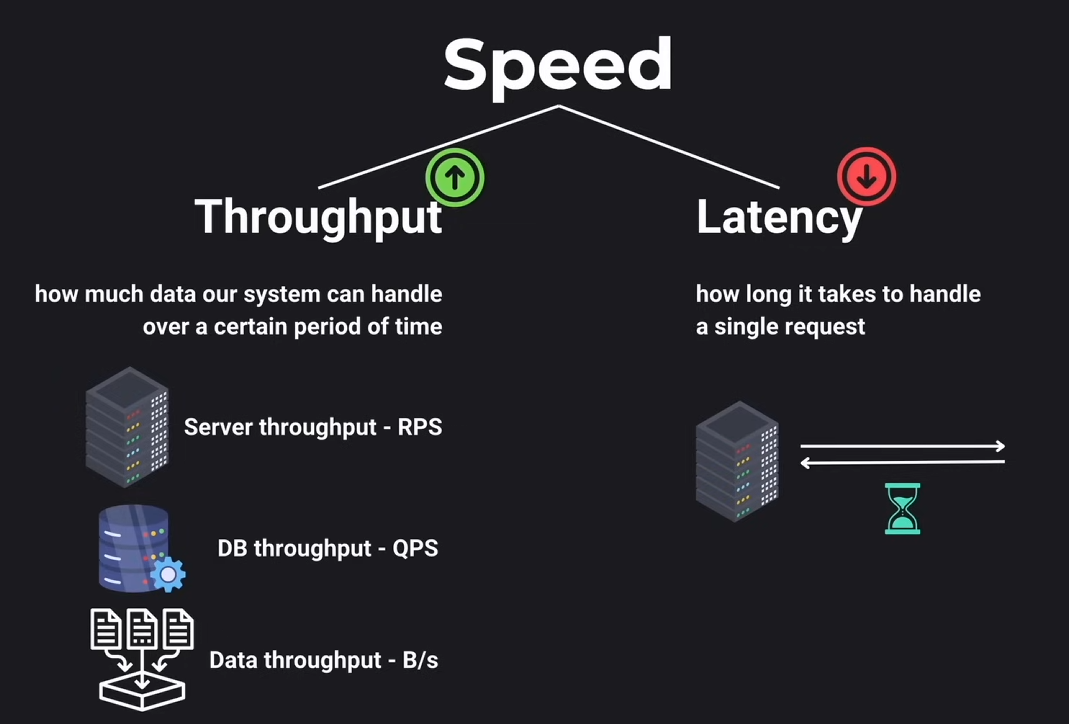system-design-refresher
Design Requirements

Contents
Key System Design Elements
Moving Data
- Seemless data flow from one part of our system to another
- i.e. user request to server, data transfer between databases, etc.
Storing Data
- Storage type
- Access patterns
- Indexing strategies
- Backup solutions
- Security measures
- Data availability
Transforming Data
- Taking raw data and turning it into meaningful information
- i.e. log aggregation for analysis, converting user input into different format, etc.
CAP Theorem
Also known as Brewer’s theorem, it is a set of principles that guide us in making informed trade-offs in 3 key components of a distributed system:
- Consistency
- Availability
- Partition Tolerance

According to the CAP theorem a distributed system can only achieve 2 out of these properties at the same time.
Consistency
Ensures that all nodes in a distributed system have the same data at the same time. If you make a change to one node then change should also be reflected in the other nodes.
Availability
The system is always operational and responsive to requests regardless of what might be happening behind the scenes.
Partition Tolerance
System’s ability to continue functioning even when a network partition occurs.
SLO and SLA
Service Level Objectives
- Measured in uptime
- Sets goals for our system’s performance.
- i.e. 300ms response time for 99.9% of the time
Service Level Agreement
- Measured in downtime
- Formal contracts with user/customers. They define the minimum level of service we are commited to provide.
- If we drop below the commited level we might need to provide refunds or some kind of compensation to our customers.
- i.e. 99.99% availability
Resilience
Expect the unexpected. To measure this aspect we use:
- Reliability: ensure the system works correctly and consistently
- Fault Tolerance: preparing for when things go wrong and how our system deals with unexpected failures
- Redundancy: if our system fails, there is another “backup” ready to take its place

